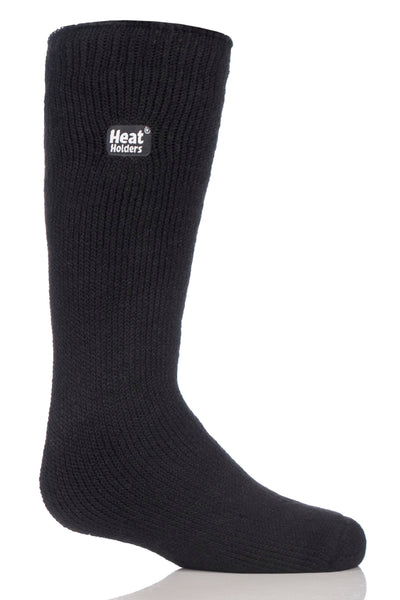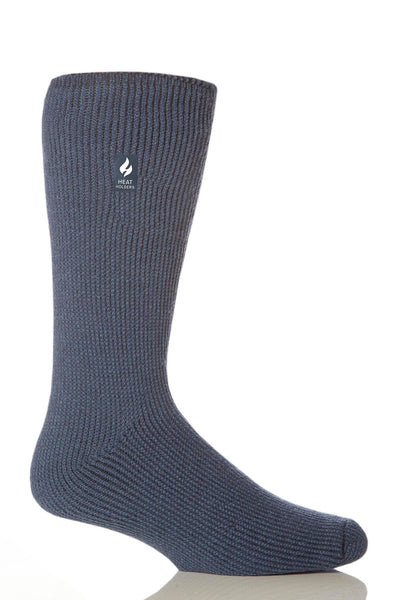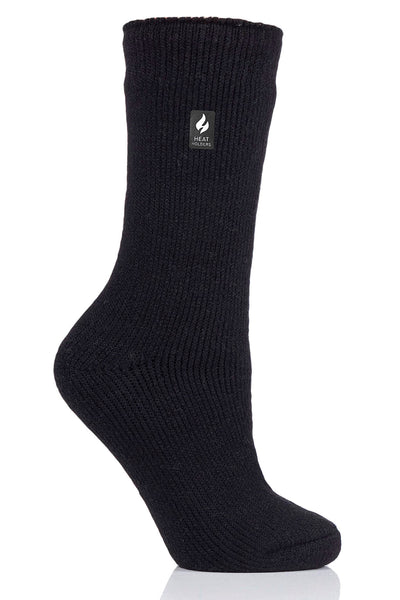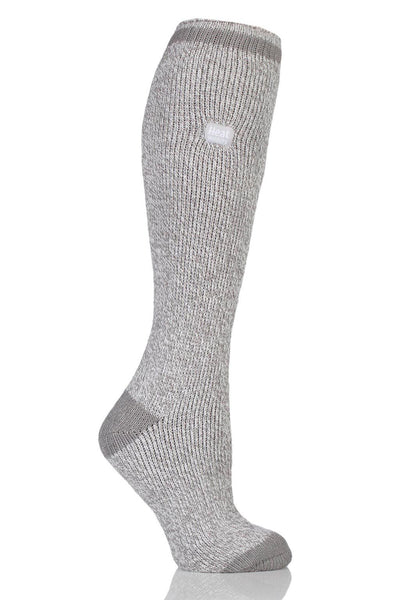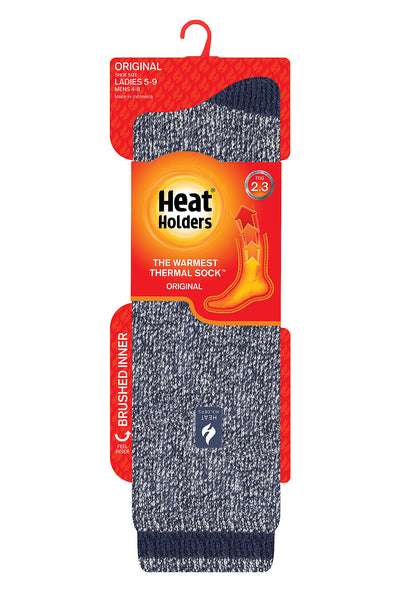In cold weather conditions, protecting your extremities is crucial for staying warm and healthy. One of the most susceptible body parts to frostbite is the feet. To avoid potential damage caused by frostbite, investing in the right socks is essential.
In this article, we will explore the causes and symptoms of frostbite, the importance of proper footwear in cold weather, and the different materials that make socks effective in preventing frostbite. We will also highlight the key features to look for when choosing the best socks for frostbite prevention.
Understanding Frostbite: Causes and Symptoms
Frostbite is a condition that occurs when body tissues freeze due to prolonged exposure to extremely cold temperatures. The freezing temperatures cause blood vessels to constrict, reducing blood flow to the affected areas. Frostbite typically affects the extremities, such as the fingers, toes, ears, and nose.
When it comes to understanding frostbite, it is important to delve deeper into the causes and symptoms of this condition. By gaining a comprehensive understanding, individuals can take the necessary precautions to protect themselves from the harmful effects of extreme cold.
Common Causes of Frostbite
Several factors contribute to the development of frostbite. The most common cause is exposure to cold weather conditions without adequate protection. When the body is exposed to freezing temperatures for a prolonged period, the risk of frostbite increases significantly. It is important to note that wind chill, dampness, and prolonged periods of frigid temperatures further elevate the risk of frostbite.
In addition to environmental factors, certain personal habits and choices can also increase the likelihood of developing frostbite. For instance, wearing wet clothing or tight footwear can exacerbate the effects of cold weather on the body. Staying outdoors for extended periods without proper insulation can leave individuals vulnerable to frostbite.
It is essential to be aware of these common causes of frostbite to take appropriate measures to prevent its occurrence. By dressing warmly, wearing appropriate footwear, and limiting exposure to extreme cold, individuals can significantly reduce their risk of developing frostbite.
Recognizing the Symptoms of Frostbite
Early detection of frostbite symptoms is crucial in preventing further tissue damage. Knowing the signs to look out for can help individuals seek prompt medical attention and minimize the potential long-term effects of frostbite.
The initial signs of frostbite include numbness, tingling, and a cold sensation in the affected area. These early symptoms serve as a warning sign that the body is being exposed to extreme cold and that immediate action is required. As frostbite progresses, the skin may become pale, and firm, and appear waxy or bluish. Blisters, swelling, and a burning or throbbing sensation may also occur.
It is important to note that frostbite can have varying degrees of severity, ranging from mild to severe. Mild cases of frostbite may only affect the outer layers of the skin, while severe cases can lead to tissue damage and even amputation. Therefore, recognizing the symptoms and seeking medical attention as soon as possible is crucial in preventing further complications.
By understanding the symptoms of frostbite, individuals can take appropriate action to protect themselves and others from the harmful effects of extreme cold. It is important to prioritize safety and take preventive measures to avoid the potentially devastating consequences of frostbite.
The Importance of Proper Footwear in Cold Weather
When it comes to combating the cold, proper footwear is crucial. In cold weather conditions, the feet are more susceptible to frostbite due to their distance from the core body temperature. Ill-fitting or inadequate footwear can expose the feet to the cold, making them vulnerable to frostbite. Good quality, insulated boots that provide warmth, protection, and proper circulation are essential for maintaining optimal foot health in cold weather.
Proper footwear not only keeps the feet warm but also plays a significant role in preventing other cold-related foot problems. Cold weather can cause the blood vessels in the feet to constrict, reducing blood flow and increasing the risk of conditions such as chilblains and frostnip. The right footwear helps maintain proper blood circulation, keeping the feet healthy and comfortable.
Insulated boots with a waterproof exterior are particularly important in cold and wet conditions. Wet feet are more prone to frostbite and other cold-related injuries. Waterproof boots prevent moisture from seeping in, keeping the feet dry and reducing the risk of frostbite.
The Role of Socks in Frostbite Prevention
Socks play a vital role in frostbite prevention by providing an additional layer of insulation and moisture management. They act as a barrier between the feet and the cold surfaces, reducing heat loss and preventing moisture buildup. Choosing the right socks can significantly enhance foot comfort and minimize the risk of frostbite.
When it comes to selecting socks for cold weather, it is important to opt for materials that wick away moisture and provide insulation. Wool and synthetic blends are excellent choices as they retain warmth even when wet and help prevent sweat from accumulating on the skin. Additionally, socks with cushioning in the sole area can provide extra comfort and protection against the cold ground.
Layering socks can also be beneficial in extremely cold conditions. Wearing a thin, moisture-wicking sock as a base layer followed by a thicker, insulating sock can help create a warm and dry environment for the feet. This layering technique provides additional insulation and allows for better moisture management, reducing the risk of frostbite.
It is essential to ensure that socks fit properly to maximize their effectiveness. Socks that are too tight can restrict blood flow, while socks that are too loose can cause friction and blisters. Opting for socks with a proper fit and seamless construction can help prevent discomfort and foot problems in cold weather.
Remember, proper footwear and socks are not only essential for preventing frostbite but also for overall foot health in cold weather. Taking the time to invest in quality boots and socks that provide insulation, moisture management, and proper circulation can make a significant difference in keeping your feet warm, comfortable, and protected during the winter months.

Materials Matter: Choosing the Right Socks
When it comes to keeping your feet warm and protected during cold weather activities, choosing the right socks is crucial. Not all socks are created equal, and the materials they are made of play a significant role in their performance. Let's take a closer look at some of the most popular sock materials and their unique properties.
Wool Socks: A Natural Insulator
Wool socks are highly recommended for frostbite prevention due to their excellent thermal properties. Wool fibers trap warm air next to the skin, retaining body heat and providing natural insulation. This insulation is especially important in cold weather conditions, as it helps to keep your feet warm and comfortable.
In addition to their insulation capabilities, wool socks also have moisture-wicking properties that help keep the feet dry. When your feet sweat, moisture can accumulate, making them more susceptible to the cold. However, wool fibers have a natural ability to wick away moisture, reducing the risk of frostbite.
Merino wool socks, in particular, are a popular choice for outdoor enthusiasts. Merino wool comes from Merino sheep and is known for its superior warmth, breathability, and moisture management. These socks are incredibly soft and comfortable, making them a favorite among hikers, skiers, and anyone who spends a lot of time outdoors in cold weather.
Synthetic Materials: The Benefits of Modern Technology
While wool socks are excellent for insulation, synthetic materials have made significant advancements in recent years, offering their own set of benefits. Many synthetic materials, such as polyester and acrylic, are designed to mimic the insulating properties of wool.
One of the key advantages of synthetic socks is their durability. These materials are known for their ability to withstand wear and tear, making them a great choice for those who engage in high-intensity activities or spend a lot of time on their feet.
Another benefit of synthetic socks is their lightweight feel. Unlike wool socks, which can sometimes feel bulky, synthetic materials provide a more streamlined and comfortable fit. This lightweight design allows for better mobility and flexibility, making them ideal for athletes and individuals who require maximum performance.
Additionally, synthetic socks excel in moisture-wicking capabilities. Just like wool, these materials can pull moisture away from the skin, keeping your feet dry and reducing the risk of frostbite. For those who may have wool allergies or prefer a thinner sock option, synthetic socks are an excellent alternative.
Cotton Socks: Why They May Not Be the Best Choice
While cotton socks are undoubtedly comfortable, they are not recommended for cold-weather activities. Cotton tends to trap moisture, allowing it to accumulate on the skin. When the feet get wet, they become more susceptible to the cold, increasing the risk of frostbite.
Unlike wool and synthetic materials, cotton does not have the same insulating or moisture-wicking properties. This means that if you wear cotton socks in cold weather, your feet are more likely to stay damp and cold, which can lead to discomfort and potential health issues.
It's best to avoid cotton socks when engaging in outdoor activities in cold weather and opt for materials with better insulation and moisture-wicking properties. By choosing the right socks, you can ensure that your feet stay warm, dry, and protected, allowing you to fully enjoy your outdoor adventures.
Features to Look for in Frostbite-Preventing Socks
Insulation and Warmth
Look for socks with excellent insulation properties. These socks should provide a thick layer of warmth to keep the feet comfortable in colder temperatures. They should also have a good balance between insulation and breathability to prevent overheating.
Moisture Wicking Capabilities
Effective moisture management is crucial in frostbite prevention. Look for socks that have moisture-wicking capabilities to keep the feet dry and reduce the risk of condensation. Moisture-wicking socks are designed to pull moisture away from the skin and distribute it across the fabric, allowing it to evaporate more easily.
Comfort and Fit
Comfort and fit are essential for long-term wear. Look for socks that offer cushioning and support in key areas, such as the heel and arch. Properly fitting socks should not be too tight or too loose, allowing for optimal circulation and reducing the risk of blisters or pressure points.




